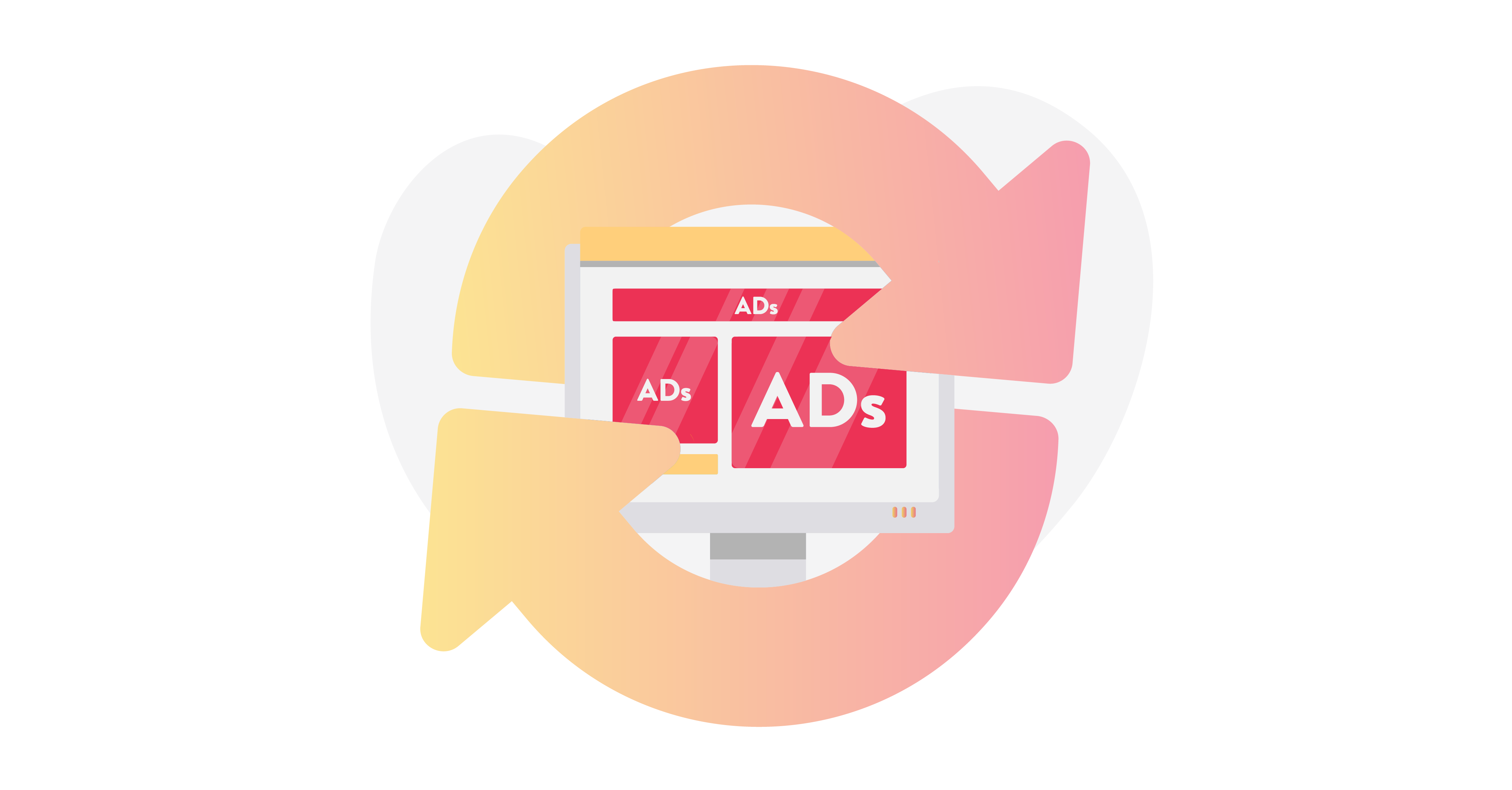Reflecting On 2024 – Expert Insights on the Programmatic Industry
As the digital advertising landscape continues to evolve, programmatic advertising remains at the forefront of innovation, shaping the way brands…

Digital publishers face formidable obstacles like advanced ad-blocking and the impending demise of third-party cookies, compelling them to adapt and adopt alternative strategies to uphold or enhance their advertising earnings.
Amidst this backdrop, one of the strategies has emerged as a captivating solution: ad refreshing. But what exactly is ad refreshing? How does it work? And can it truly deliver the desired results in an increasingly complex digital advertising environment?
You’ll find the answers in this article. Let’s read!

Ad refreshing, also known as ad rotation or ad reloading, involves dynamically refreshing or replacing ads within a web page or mobile app to optimize their visibility, relevance, and overall performance. Ad refreshing can be based on predefined time intervals, user actions, events happening on the webpage, or other factors.
There are different types of ad refreshing, each with its own triggers and implementation methods.

Ad refreshing has many benefits for digital publishers but should be used cautiously. Why? Because if ad refresh is misused, it can not only drive the users or readers away due to excessive and flashing advertisements but can even lead to account bans from Google Ad Manager or other demand providers. Thus, it is crucial to obey the existing regulations of each demand provider to ensure smooth cooperation on both ends.
Assuming that the refresh is set up correctly, here are the benefits of using refresh that the publisher might expect:
Ad refreshing enables digital publishers to extend their available ad inventory, allowing them to display more ads to their audience. By refreshing ads at regular intervals, publishers can present a variety of advertisements to users, increasing the chances of engagement and click-through rates. The expanded ad inventory opens up additional revenue opportunities by accommodating more advertisers and driving up demand, ultimately maximizing overall ad revenue.
While maintaining an optimal user experience is crucial for digital publishers, balancing user experience and revenue generation is equally important. Ad refreshing can contribute to this delicate balance by ensuring users are presented with fresh and relevant ads without overwhelming them. By refreshing ads intelligently and considering factors like session duration or user behavior, publishers can prevent ad fatigue and maintain a seamless browsing experience, leading to increased user engagement and prolonged session durations.
In the rapidly evolving world of programmatic advertising, relevance and targeting are key to driving ad performance. Ad refreshing allows publishers to leverage real-time data and user behavior insights to serve more personalized and targeted ads. By dynamically refreshing ads based on user preferences, browsing patterns, or demographic data, publishers can present more relevant ads to their audience. This results in higher click-through rates, conversions, and better monetization outcomes.
Ad refreshing can significantly impact ad viewability and fill rates, two critical metrics for digital publishers. By refreshing ads within a page or app that an active user sees, publishers can combat ad blindness, banner fatigue, and other challenges that can reduce ad viewability. Additionally, ad refreshing can help fill empty ad slots, ensuring optimal ad inventory utilization and maximizing the chances of generating revenue from every impression. It is important to refresh the ads in the user’s viewport, not to decrease the overall inventory quality, thus hurting monetization in the long run.
While choosing the right refresh provider, it is crucial to understand the refresh tool’s capabilities. It’s crucial to ask yourself some questions:
While creating Yieldbird’s Refresher, we focused on a sustainable, long-term monetization strategy. The 3 main pillars of our refresh strategy are control, monitoring user behavior, and viewability. With Yieldbird’s Refresher, publishers can control what is being refreshed by using targeting rules that enable them to exclude certain campaigns or advertisers from refreshing, thus ensuring that direct deals are protected. Furthermore, publishers can enable user engagement tracking only to refresh when the user is active on the page, thus increasing engagement and potentially click-through rates. Finally, Refresher only acts if the ad is viewable, ensuring that the publisher’s inventory quality is protected and even increases with using Refresher.
Ad refreshing is a vital part of ad monetization strategy for digital publishers. By extending ad inventory, enhancing user experience, improving ad relevance, and optimizing viewability and ad fill rates, publishers can unlock significant revenue potential while maintaining a positive user experience.
Embrace ad refreshing as a part of your monetization strategy to stay competitive. Drive sustainable revenue growth, and continue delivering valuable content to your audiences. Contact us to start a free 30-day trial of Refresher and see how optimized ad refreshing can drive your programmatic ads with better results and higher revenues.
LET’S GET IN TOUCH!

Zuzanna Zarębińska
Product Analyst
publishers@yieldbird.com

Karol Jurga
Chief Revenue Officer
See it in action.